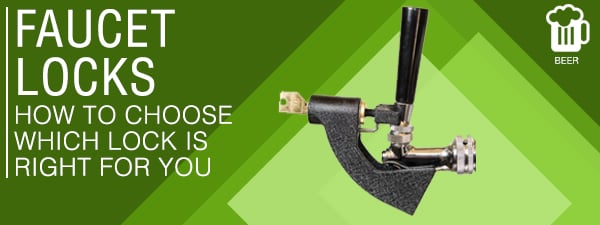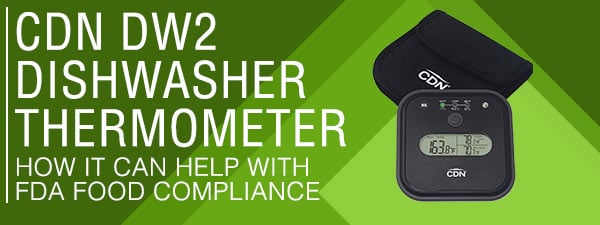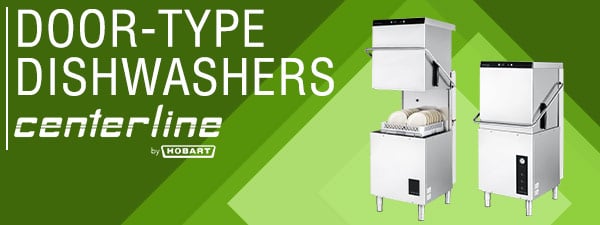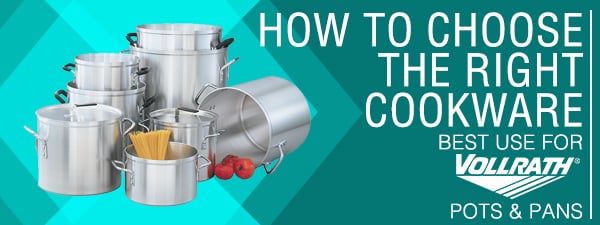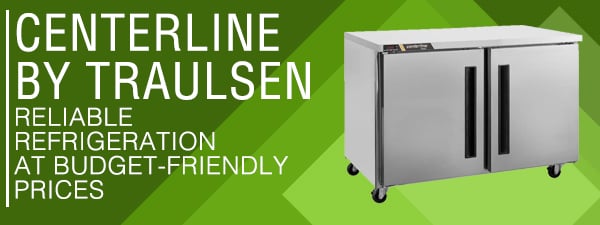What Causes Foamy Beer & Other Beer Maintenance Questions
- Apr 24, 2019
- 0 Comments

What Temperature Should Beer Be At When It Reaches The Faucet?
This actually depends on the type of beer you are serving. Beers with a light body or a low alcohol content should be served at colder temperatures to ensure superior taste, while beers on the other end of the scale in either body or alcohol content benefit from a warmer serving temperature.
However, because it would be difficult for many bar owners to adjust their storage temperatures based on individual beers, the suggested storage temperature is around 35-38 degrees Fahrenheit.
If you are dispensing from home or have the flexibility needed to adjust the temperatures based on the type of beer you have, the suggested temperatures are below (data from Tasting Beer by Randy Mosher):
• American Mainstream Light Lagers - 30-40 degrees Fahrenheit
• Pale Lagers, Pilsners - 38-45 degrees Fahrenheit
• Cream & Blonde Ales - 40-45 degrees Fahrenheit
• Nitro Stouts - 40-45 degrees Fahrenheit
• Belgian Pale Ales, Abbey Tripels - 40-45 degrees Fahrenheit
• Wheat Beers - 40-50 degrees Fahrenheit
• Lambics - 40-50 degrees Fahrenheit
• Dark Lagers - 45-50 degrees Fahrenheit
• American Pale Ales & IPAs - 45-50 degrees Fahrenheit
• Stouts, Porters - 45-50 degrees Fahrenheit
• Strong Lagers - 50-55 degrees Fahrenheit
• Real & Cask Ales - 50-55 degrees Fahrenheit
• Belgian Dubbels - 50-55 degrees Fahrenheit
An interesting note: Cold beer requires less pressure to move from the keg to the faucet than warmer beer. A beer with a temperature of 36 degrees Fahrenheit should take around 12 lbs. of pressure. To get a general idea of how much pressure you would need to use, add an additional 1 lb. of pressure for every 2 degree rise in temperature.
How Long Will Tapped Beer Last Before Going Flat?
If tapped using the proper CO2 pressure and kept at the correct temperature, the shelf-life of tapped beer should actually be more than long enough for you to get through the keg. If anything, instead of worrying about the beer going flat, you should worry about it being overcarbonated, which can give the beer a bit of a bite.
To prevent overcarbonation, you should keep track of when the keg is getting low (which you can do by regularly shaking it). As the keg reaches the end of its life, you should un-tap the keg or shut the CO2 off nightly. We also recommend this course of action if your beer has been on tap for more than a month.
What Causes Foamy Beer?
The main culprit when it comes to foamy beer is CO2. It's a finicky gas, one that takes every possible opportunity to escape your beer in the form of tiny bubbles (a.k.a. foam). We've compiled the most common of these foam-producing scenarios:
1. Temperature Change - The main reason CO2 escapes is because of temperature. Warmer temperatures allow the CO2 to break out of suspension and become foam. So it follows that if your cold beer is running through warm beer lines, you are probably pouring more foam than you'd like.
If you are serving beer at a distance from your keg, an easy way to control the temperature of your beer from the keg to the faucet is by installing a long draw system. There are two common types of long draw systems: forced air and glycol chilled.
A forced air system works using ducts - one to carry fan forced cold air and the beer lines as they leave the walk-in cooler up to the beer tower, and one to return air flow back to the walk-in cooler. Sometimes the ducts are nested, other times they are entirely separate. It's very easy to install and maintain, but is limited to runs of 25 feet or less. In addition, curves and bends in the run of the ducting must be kept to a minimum, as they cause turbulence in the cold air delivery and suffocate the air flow.
A glycol chilled system pushes chilled glycol alongside the beer inside of an insulating rubber tube using a glycol chiller. Glycol can achieve extremely cold temperatures without freezing, so by moving it alongside the beer, it maintains the beer's temperature on the way to the faucet. This type of system is ideal for runs of more than 25 feet, as glycol can maintain its temperature much more effectively than air.
2. System Imbalance - An important part of beer dispensing is balancing serving pressure with line resistance. If you are using too much/too little CO2 pressure or the wrong beer hose size, your beer will almost certainly foam. If you are using too much pressure, you are probably overcarbonating your beer; if you are using too little, you are allowing CO2 to escape, meaning not only will you be pouring foam, but your beer will also eventually go flat.
3. High Holding Temperature - Beer stored in a warmer-than-recommended environment runs the risk of becoming foamy because the warmer temperatures allows the CO2 to escape. You can combat this problem in a variety of ways, such as adjusting the temperature of your holding cabinet/kegerator or getting a keg jacket or super cooler.
4. Dirty Beer System - This one is an easy fix - just buy some of our ALC Acid Beer Line Cleaner or Draftec Acid Beer Line Cleaner, both of which will remove mineral deposits (otherwise known as beer stone) that could potentially be causing your foamy beer. In a commercial setting, acid line cleaning should be done quarterly; in a residential setting, it should be done annually or as needed to manage beer stone deposits.
Don't forget your standard cleanings! For businesses, a standard beer line cleaning using products like Draftec Beer Line Cleaner or BLC Beer Line Cleaner is recommended on a bi-weekly basis. This will remove build-up such as resins, proteins, hops from the brewing process, and bio films. If you are pouring from home, you should do this after each keg.


